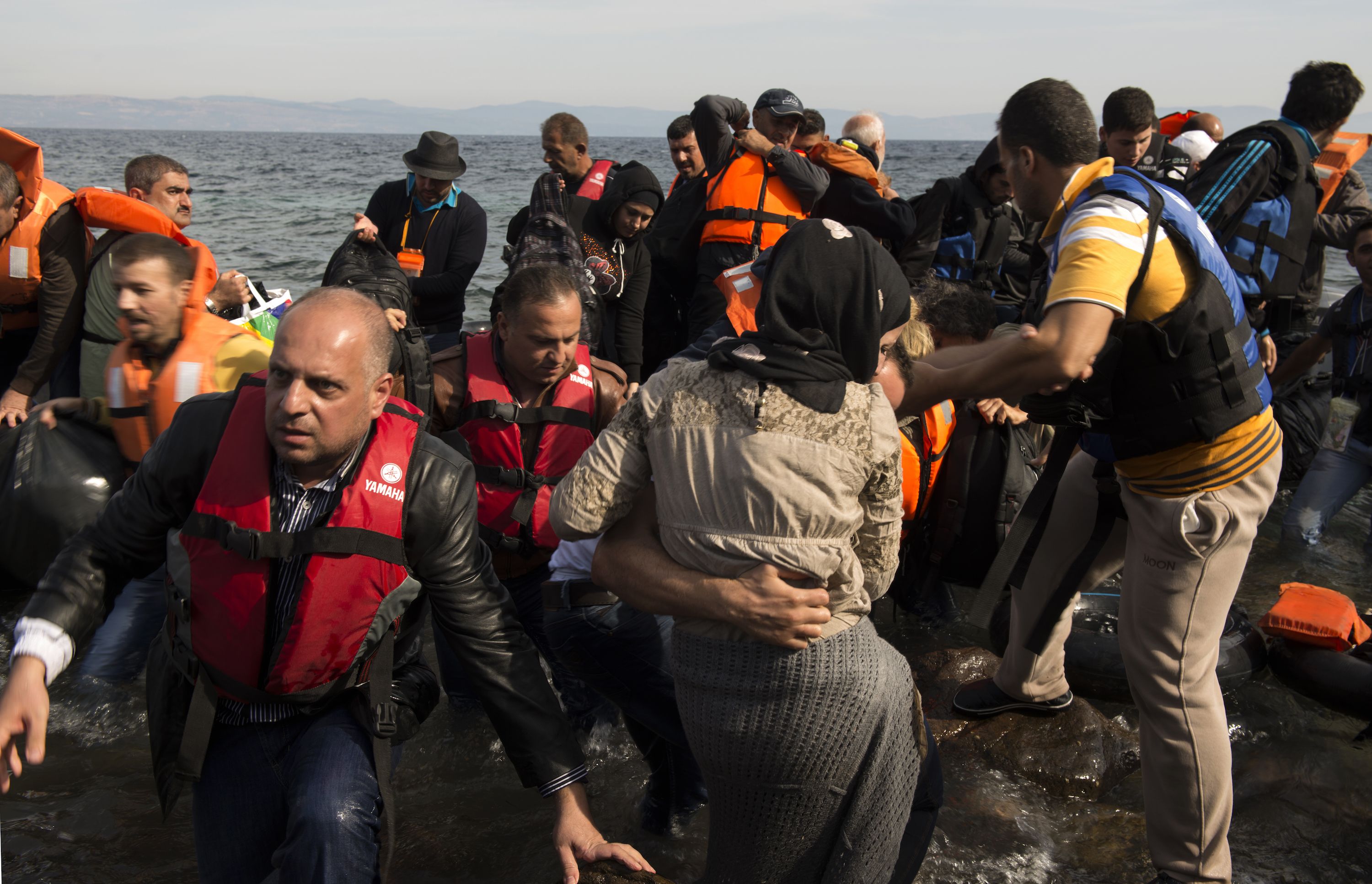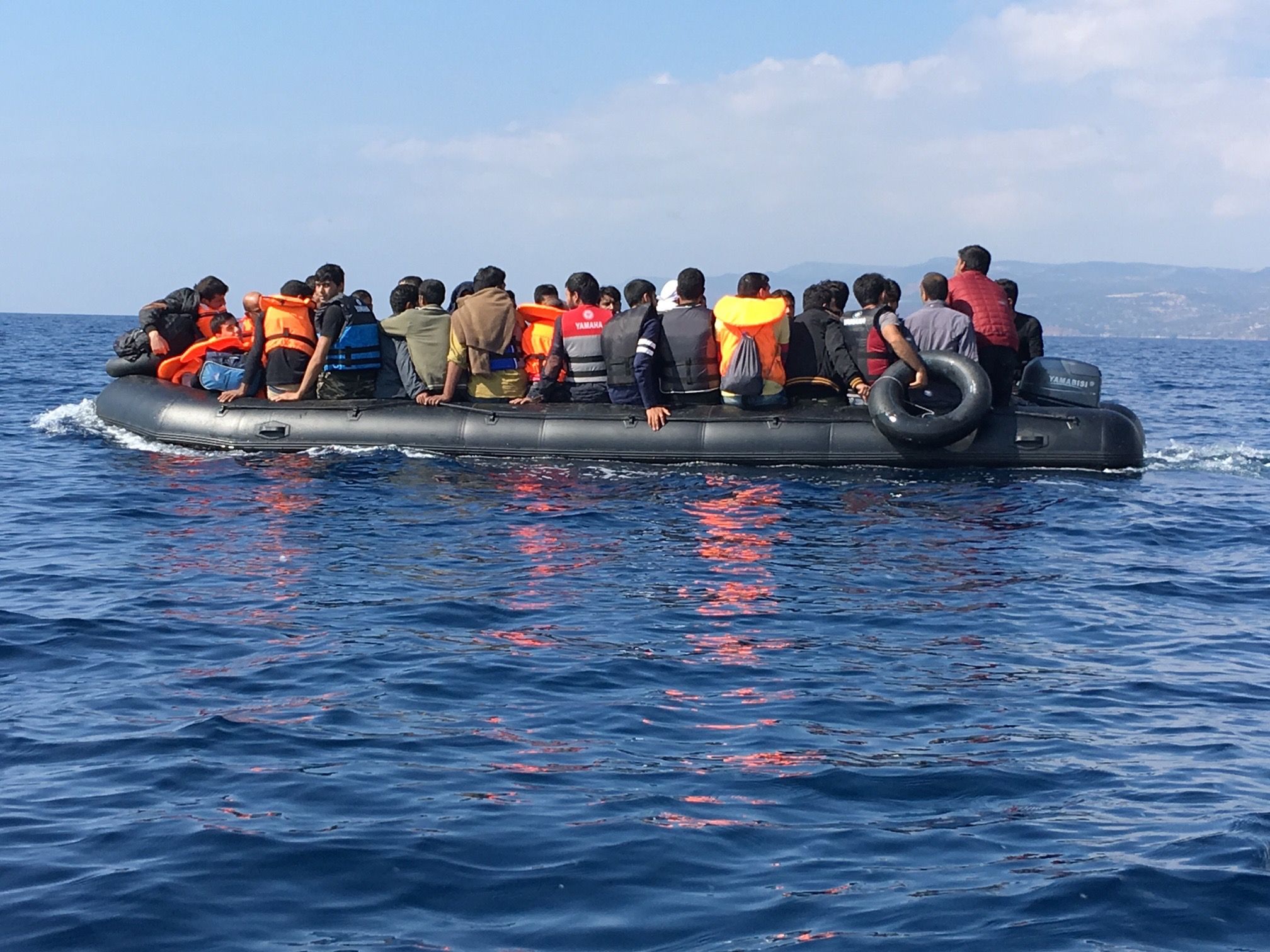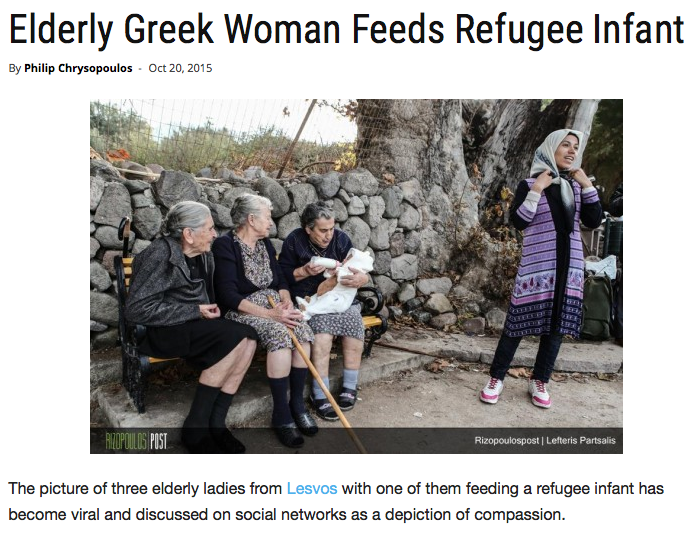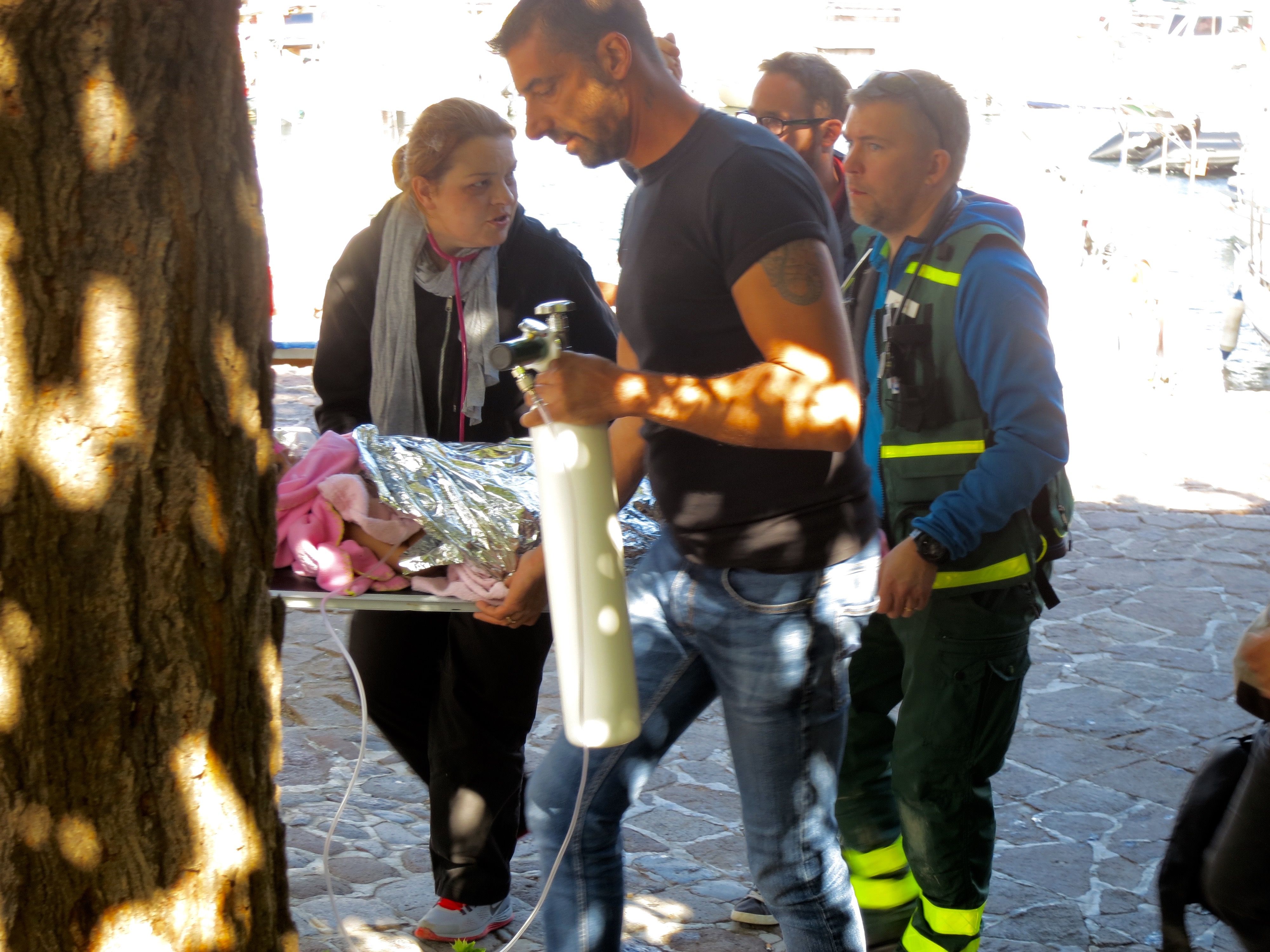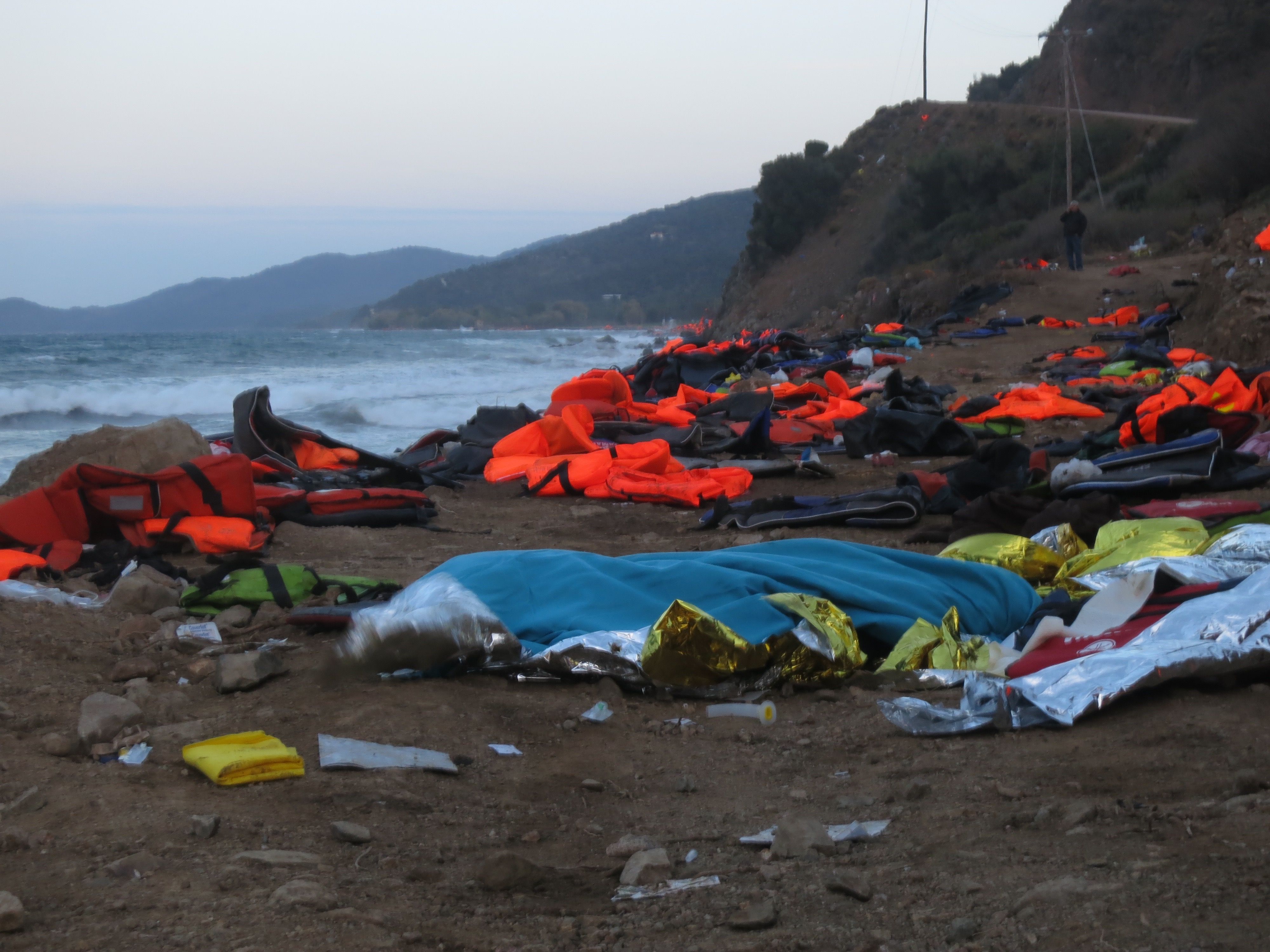January 20, 2016 | Pulitzer Center
By
Jeanne Carstensen
The arrival of over 500,000 refugees to the Greek island of Lesbos from nearby Turkey in 2015 has turned the eastern shores into a humanitarian crisis zone. The Greek government, residents, local and international NGOs and volunteers have come together to care for arrivals as best they can. For many locals, the situation recalls the arrival of thousands of Greek refugees from Asia Minor in 1922.
